Media Company Enhances Reach with Custom OTT Streaming App
- Mobile App
The mobile app features automated entry, secure payment integration, health vitals tracking, personalized AI-driven workout and diet plans, virtual trainer assistance, and an integrated e-commerce platform for merchandise sales.
The client is a leading fitness center chain in the UK multiple locations nationwide, offering state-of-the-art facilities and a wide range of fitness programs. With a diverse membership base ranging from casual gym-goers to fitness enthusiasts, the Clients to enhance member engagement and streamline operations through advanced technology solutions.
Client required the development of a comprehensive mobile application to facilitate seamless member interactions and enhance user experience. Key project objectives included:
Integration of an automated check-in system linked to membership subscriptions, allowing members to access facilities effortlessly.
Enable members to pay monthly and annual fees securely through the app, streamlining financial transactions.
Develop a mobile and wearable watch app to monitor health vitals (e.g., heart rate, calories burned) and sync data with the main app.
Implement AI to provide personalized workout plans based on user vitals and workout patterns, suggest customized diet plans, and offer virtual trainer assistance.
Set up an e-commerce platform within the app to sell merchandise like workout outfits, protein powder, vitamins, and more.
We followed an agile development approach, collaborating closely with client’s team. Here are the key steps:
Leveraged machine learning algorithms to analyze user data (health vitals, workout history) and provide personalized workout plans and diet recommendations. Implemented a virtual trainer using NLP for real-time interaction and guidance.
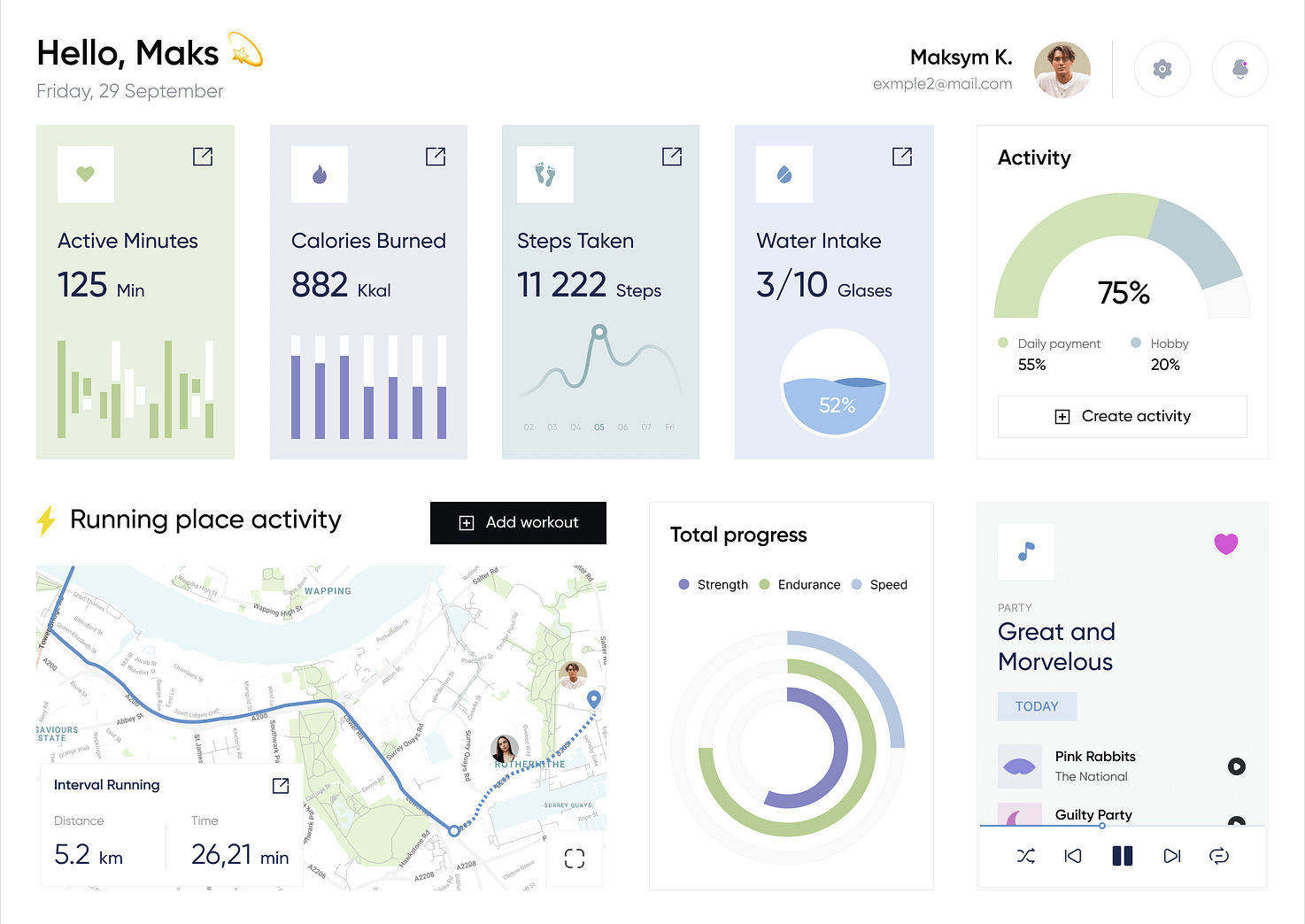
Integrating multiple functionalities and hardwares (automated entry, payment system, health tracking, e-commerce) seamlessly into a cohesive user experience.
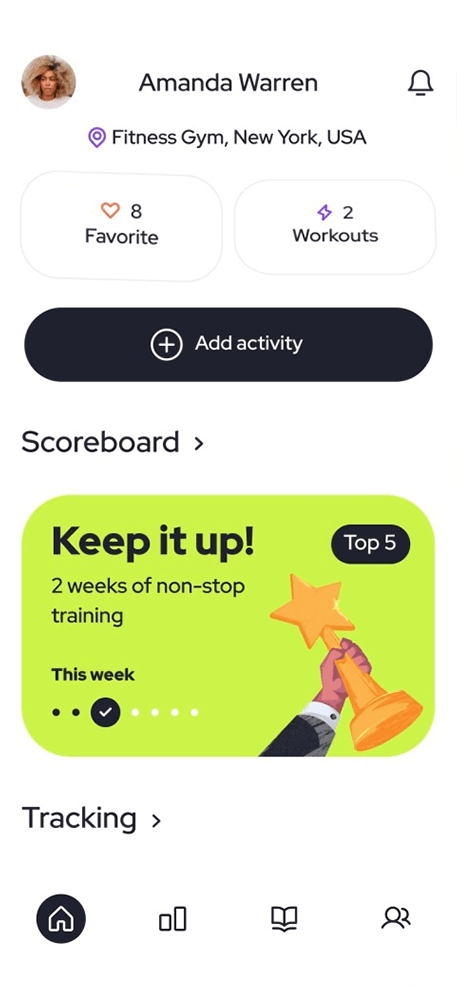
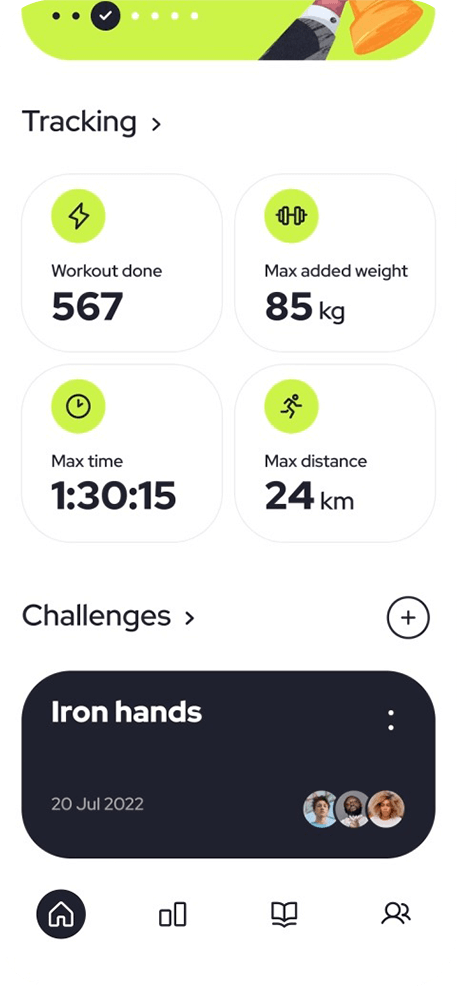
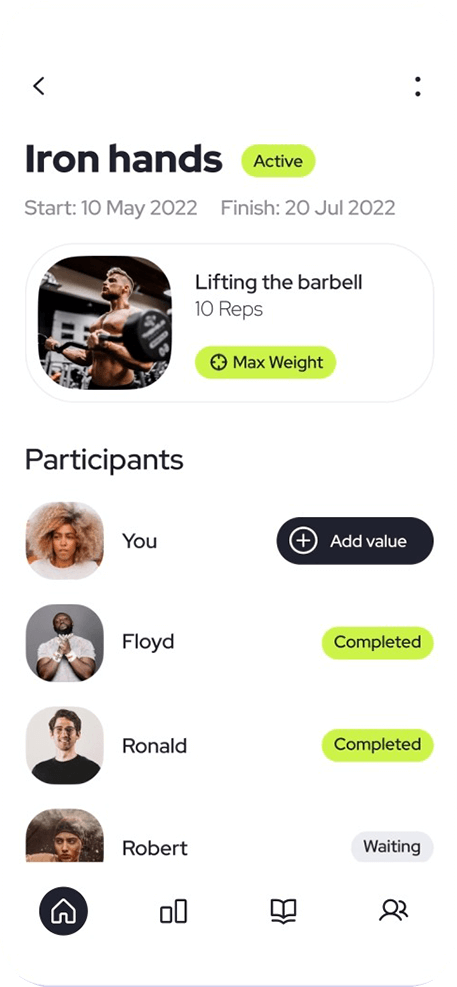
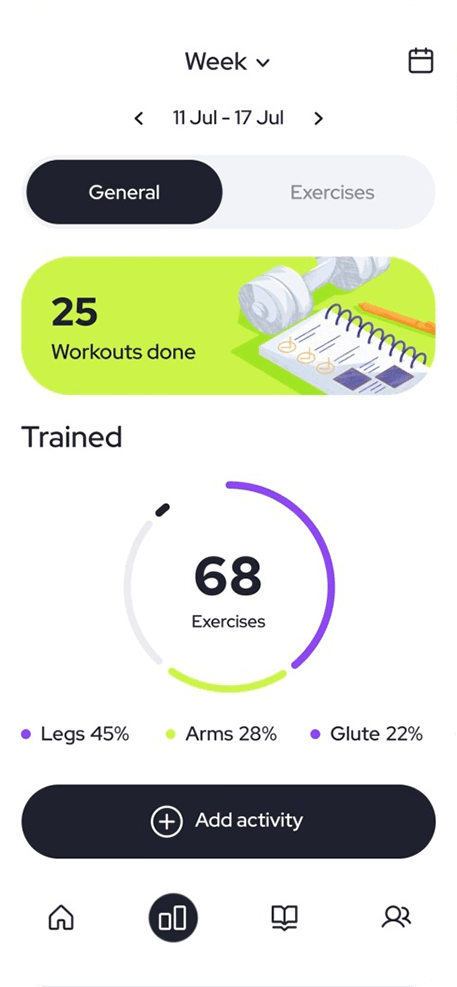
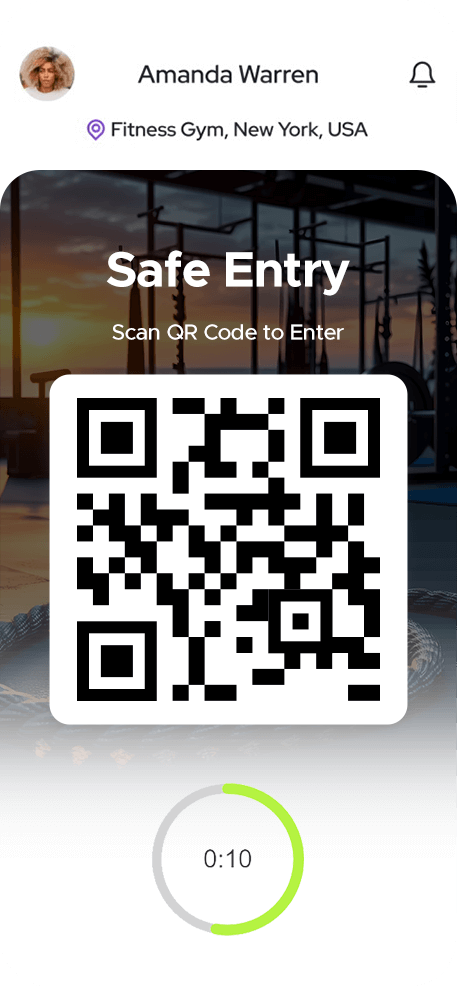
App adoption led to a 30% increase in member engagement through regular use of personalized workout plans and diet recommendations.
JD Gym experienced a 25% decrease in member churn rate due to enhanced user satisfaction and personalized experiences.
E-commerce sales through the app accounted for 15% of total revenue, with a 20% increase in average transaction value attributed to personalized product recommendations.
Automated entry and payment systems reduced administrative workload by 40%, allowing staff to focus more on member interaction and service.
| Milestone | Tasks | Timeline | Responsible |
|---|---|---|---|
| Project Initiation | – Define project scope – Stakeholder meetings – Resource allocation |
Month 1 | Project Manager, Fitness Center Management |
| Research and Analysis | – Conduct member surveys – Analyze feedback and data |
Months 2-3 | Marketing Team, Data Analysts |
| Strategy Development | – Develop engagement strategies – Plan operational improvements |
Months 4-5 | Strategy Team, Operations Team |
| Technology Integration Plan | – Identify technology solutions – Vendor selection and contracting |
Months 6-7 | IT Department, Procurement Team |
| Implementation Phase 1 | – Develop personalized workout plans – Design mobile app features |
Months 8-10 | Fitness Experts, IT and UX Teams |
| Implementation Phase 2 | – Deploy mobile app – Train staff on new systems – Launch automated scheduling system |
Months 11-12 | IT Department, Training Team, IT Department |
| Testing and Feedback | – Collect user feedback on new systems – Conduct usability testing – Make necessary adjustments |
Months 13-14 | Customer Support Team, UX Team, IT Department |
| Full Deployment | – Roll out final updates and systems – Full-scale member engagement campaign |
Months 15-16 | IT and Operations Teams, Marketing Team |
| Evaluation and Reporting | – Measure success metrics – Prepare final report – Present findings to stakeholders |
Months 17-18 | Data Analysts, Project Manager |
| Project Closure | – Conduct project review – Document lessons learned |
Month 18 | Project Manager, All Teams |